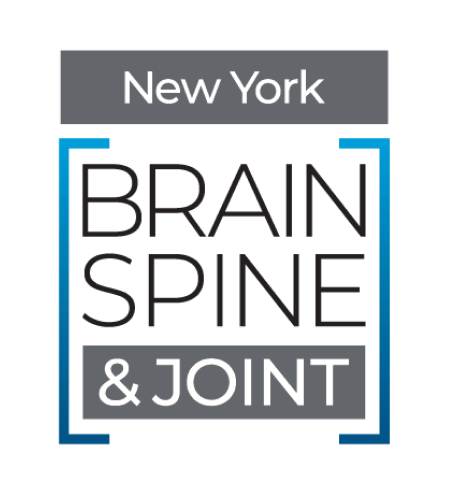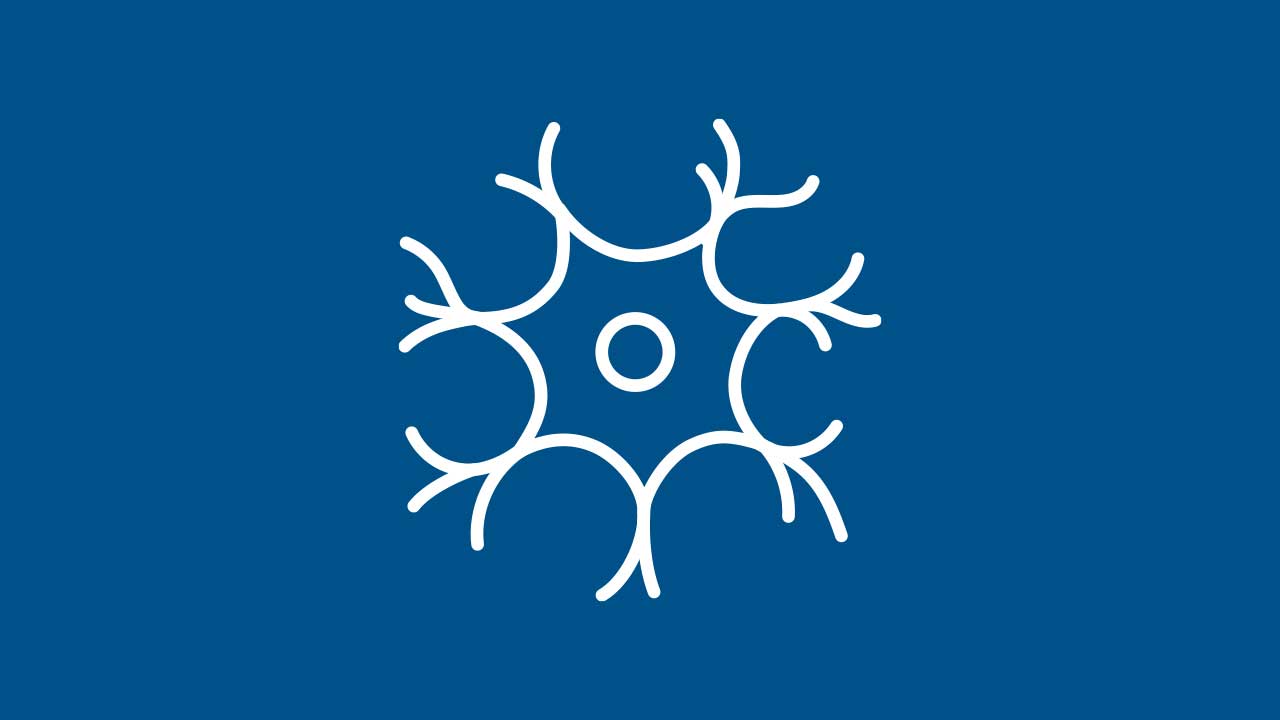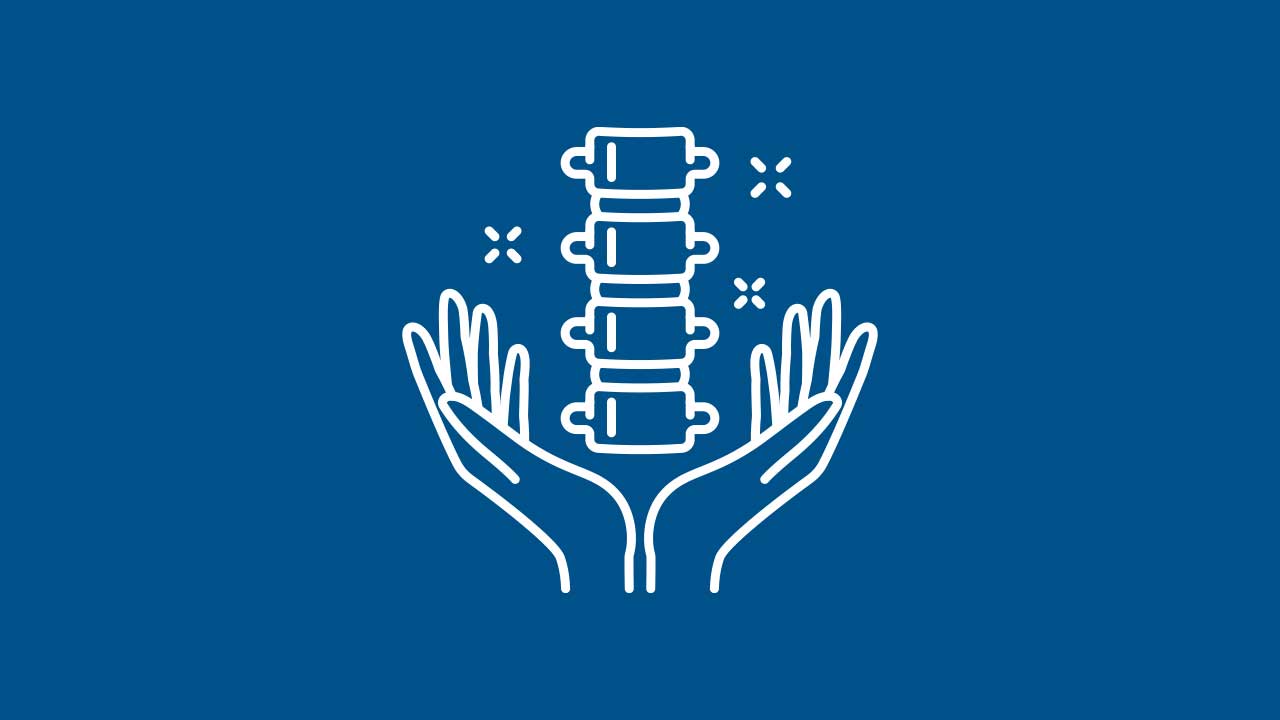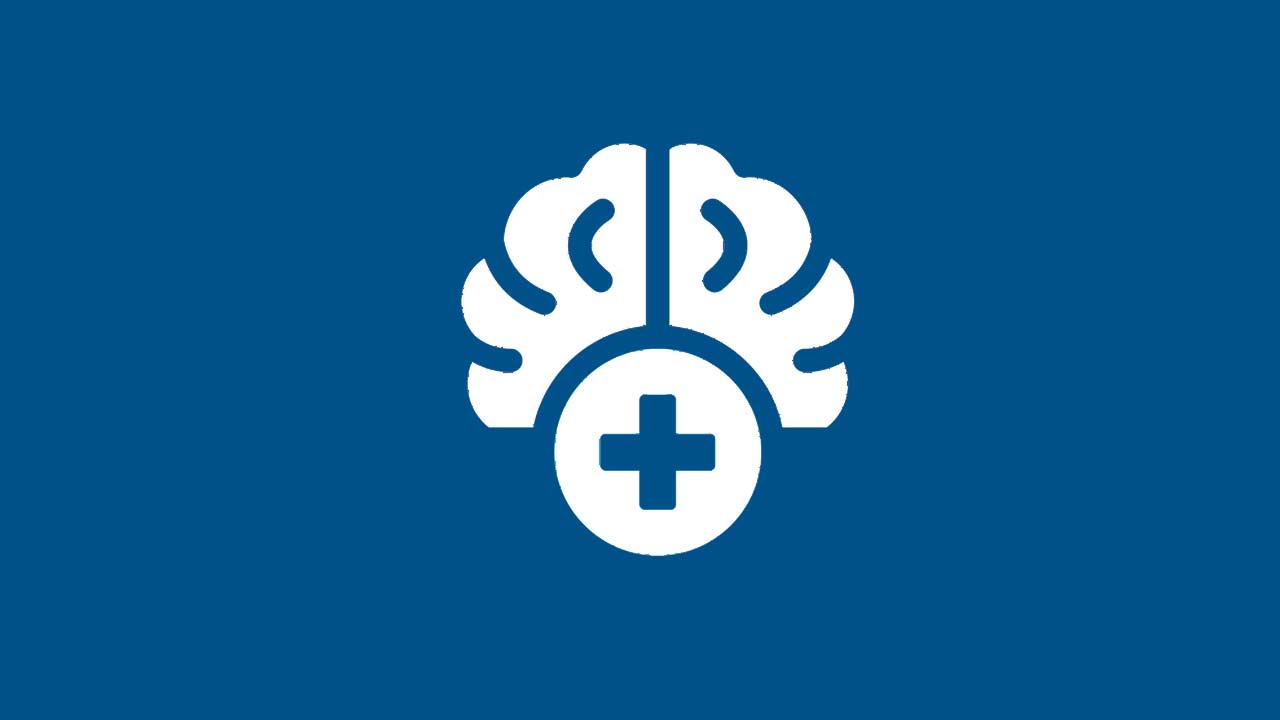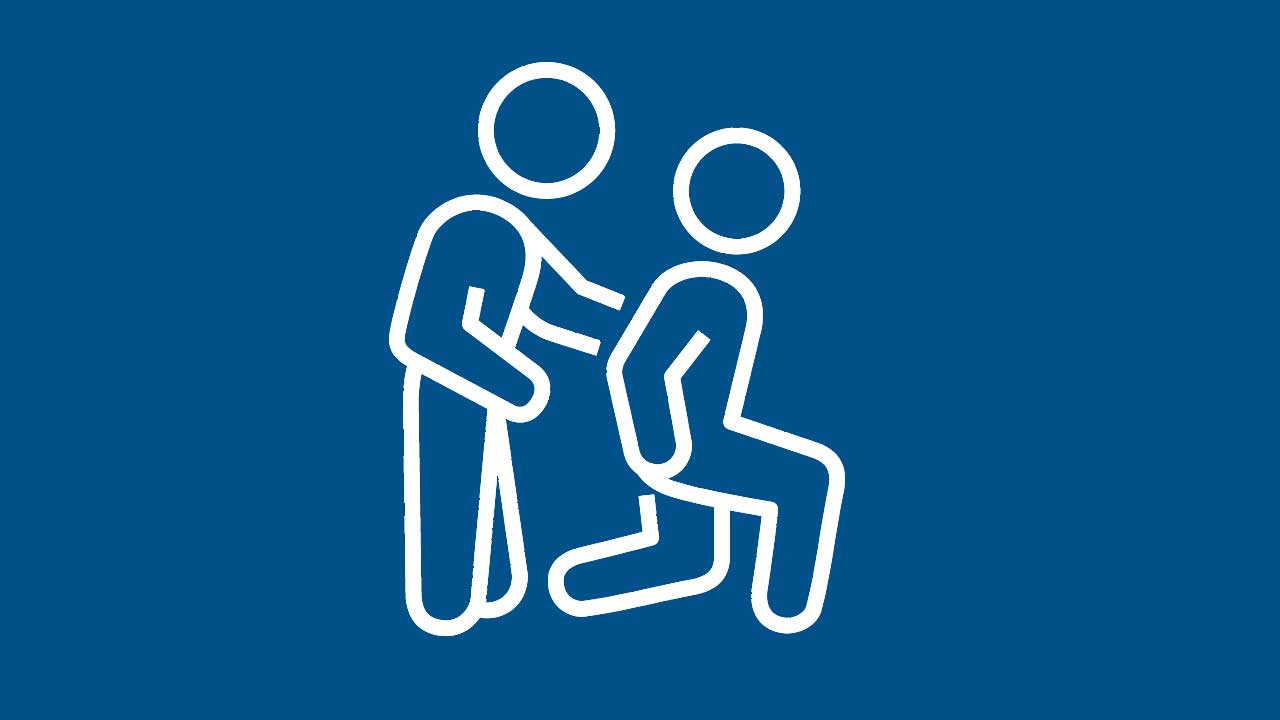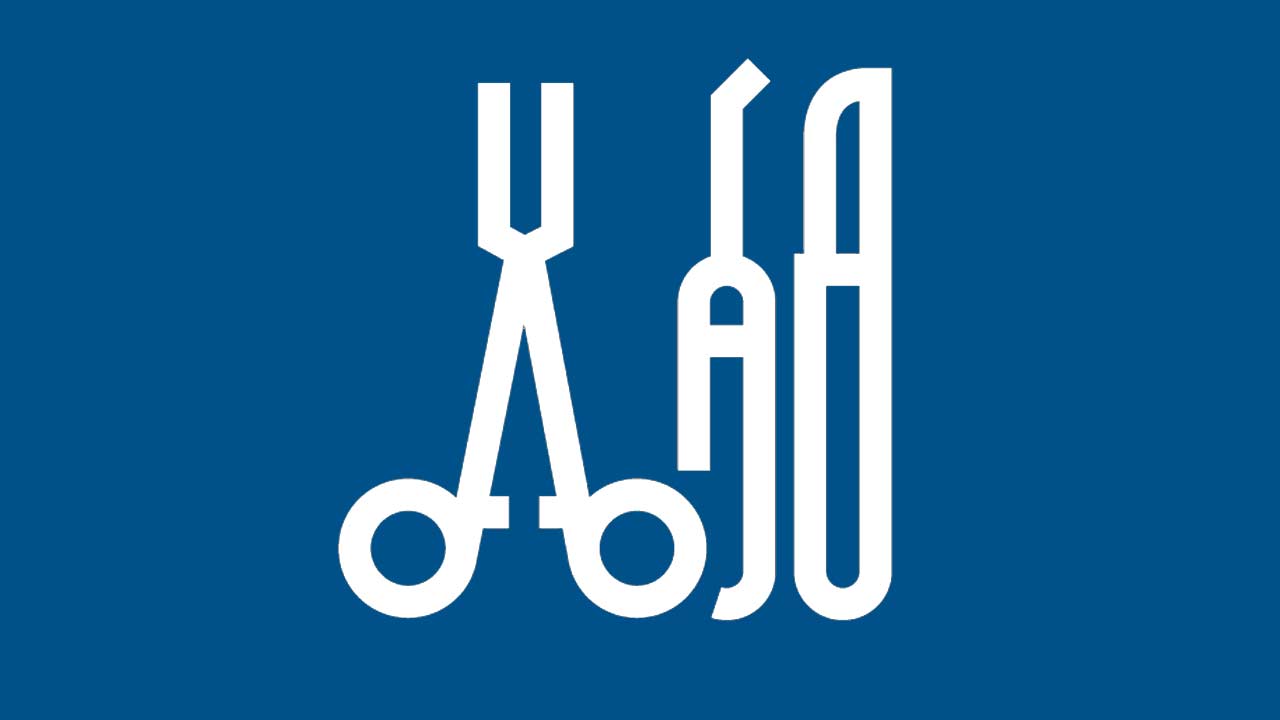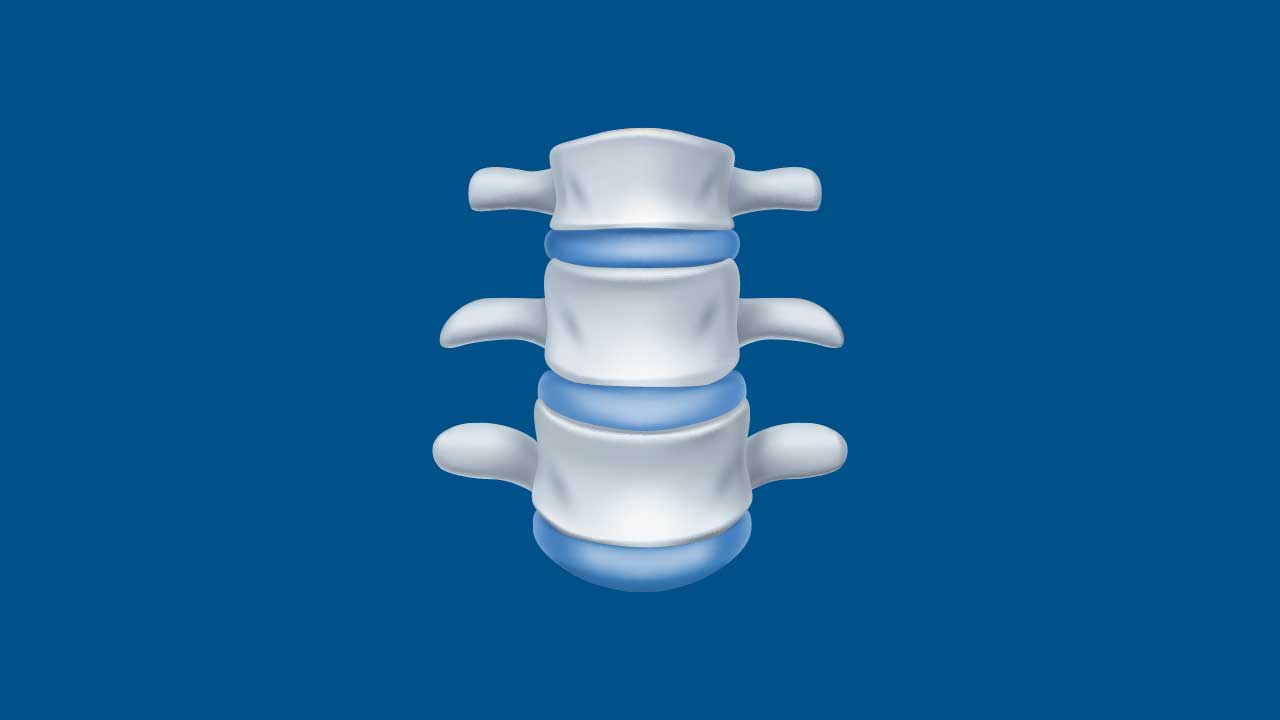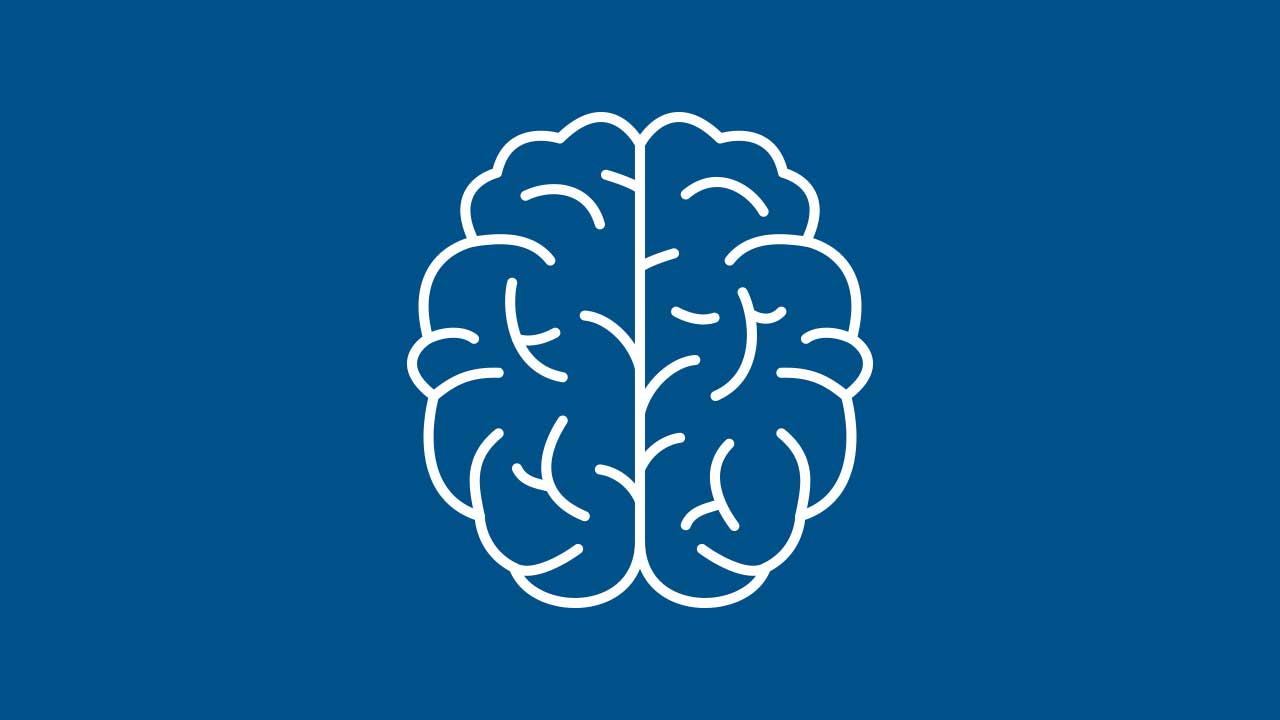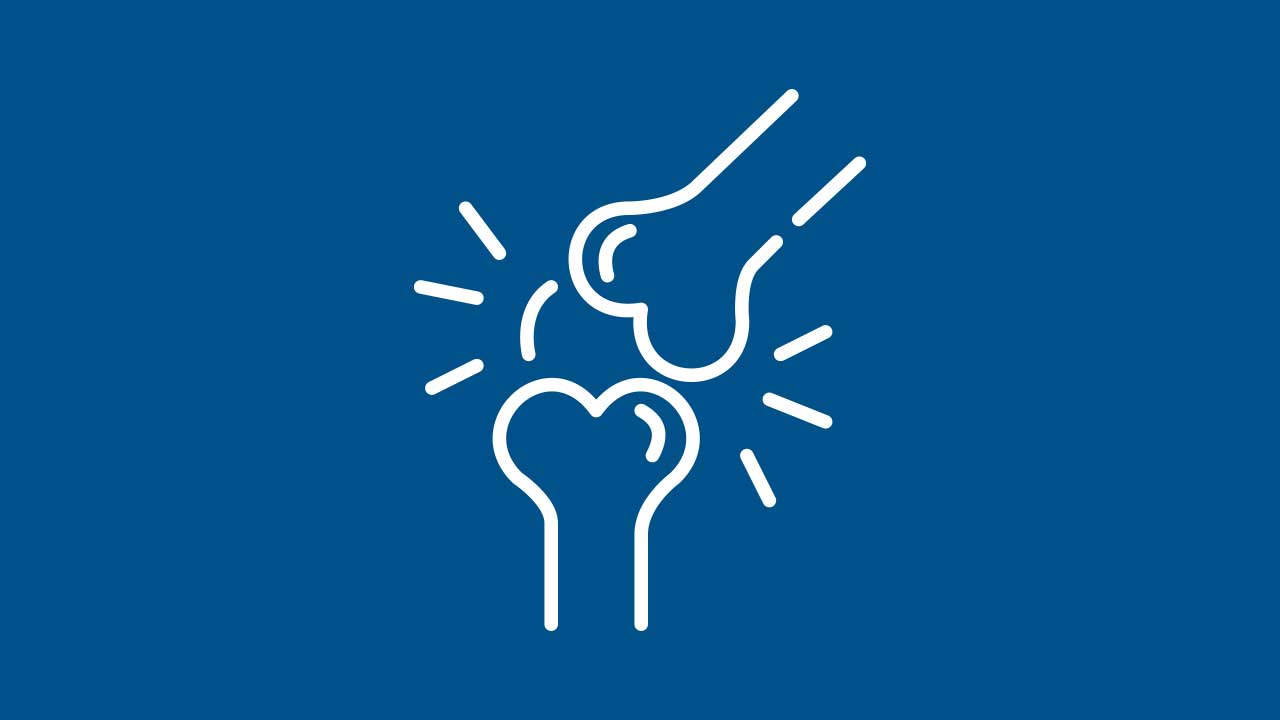Chiari Malformation
Chiari Malformation: Understanding, Diagnosing, and Treating a Structural Brain Disorder
A Chiari Malformation is a structural abnormality in which a portion of the brain (the cerebellar tonsils) descends into or through the foramen magnum, the opening at the base of the skull. This can crowd or compress vital neurological structures, potentially causing headaches, dizziness, and a range of other symptoms.
Understanding Chiari Malformations
There are several types of Chiari malformations. Type I—the most common—often becomes apparent in late childhood or adulthood, while Types II, III, and IV are typically more severe and identified earlier in life. The displacement of cerebellar tissue can interfere with normal cerebrospinal fluid (CSF) flow around the brain and spinal cord, sometimes contributing to conditions such as hydrocephalus or syringomyelia (a cyst within the spinal cord).
Causes and Risk Factors
- Congenital
Many Chiari malformations are present at birth, possibly due to genetic factors or developmental irregularities of the skull. - Spinal Fluid Dynamics
Anything that alters CSF flow or pressure can exacerbate Chiari symptoms. - Head or Neck Trauma
Rarely, severe injury can push cerebellar tissue downward. - Connective Tissue Disorders
Conditions like Ehlers-Danlos syndrome may increase the likelihood of Chiari malformation due to joint and tissue laxity.
Common Symptoms
- Headaches
Often worsened by coughing, sneezing, or straining, typically concentrated at the back of the head. - Neck Pain
Persistent discomfort in the upper cervical region. - Balance and Coordination Issues
Cerebellar involvement can lead to unsteady gait, dizziness, or difficulty with fine motor tasks. - Neurological Symptoms
Numbness or tingling in arms or legs, muscle weakness, or problems swallowing (dysphagia). - Syringomyelia-Related Issues
If a fluid-filled cyst forms in the spinal cord, it can further compress nerves, leading to pain or neurological deficits.
Diagnosing Chiari Malformation
- Clinical Assessment
A physician evaluates symptoms, medical history, and conducts a neurological exam. - Imaging
MRI of the brain and upper spine is the primary tool to detect the downward displacement of cerebellar tonsils.
Cine MRI can assess CSF flow dynamics. - Additional Studies
X-rays or CT scans may be used to evaluate bony structures and rule out other contributing abnormalities.
Treatment Options
- Observation
If symptoms are mild, periodic imaging and neurological evaluations may suffice. - Medications
Pain relievers or muscle relaxants can help manage headaches and neck pain. - Surgical Intervention
Posterior Fossa Decompression: Removes a small portion of bone at the back of the skull, relieving pressure and improving CSF flow.
Duraplasty: Expanding the dural covering around the brain for more room.
Shunt Placement: If hydrocephalus is present, a shunt can divert excess CSF. - Rehabilitation
Physical therapy and occupational therapy to enhance balance and coordination if needed.
Recovery and Long-Term Outlook
- Postoperative Care: Monitoring in the hospital for complications such as infection or CSF leak; pain management and gradual return to normal activities.
- Ongoing Management: Continued follow-ups with imaging to ensure stable decompression and manage any associated conditions like syringomyelia.
- Lifestyle Adjustments: Avoiding activities that overly strain the neck and maintaining a general fitness routine may assist symptom control.
Our Multi-Disciplinary Approach in NYC
Our multi-location, multi-disciplinary medical practice in the New York City metro area involves neurosurgeons, neurologists, neuroradiologists, and rehabilitation experts who collaborate to diagnose and treat Chiari malformations. We tailor our recommendations—whether it’s observation, surgical decompression, or adjunct therapies—to each patient’s specific anatomy and symptom severity.
Additional Resources
- American Association of Neurological Surgeons (AANS): Chiari Malformation
- MedlinePlus: Chiari Malformation
Conclusion
A Chiari Malformation can range from asymptomatic to severely debilitating. Through advanced imaging, thoughtful clinical evaluation, and, when necessary, surgical intervention, many patients find meaningful relief. Our specialized team in NYC is committed to guiding you from diagnosis to treatment and comprehensive follow-up, helping improve your quality of life.
Disclaimer: This article is provided for informational purposes only. It should not be used as a substitute for personalized medical evaluation. Always seek the advice of a licensed healthcare provider regarding any concerning symptoms or conditions.
